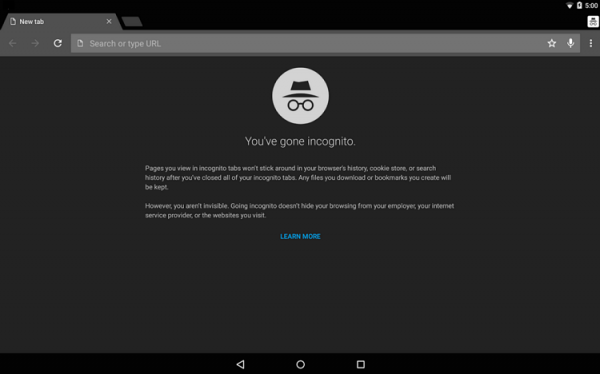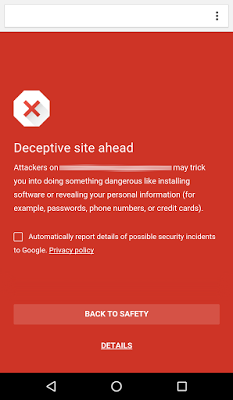
Chrome users on mobile devices have finally received an update for Google Safe Browsing. The feature, which blocks suspicious websites from loading, has long been a staple of cyber security on the PC version of Chrome; and is a welcome addition to the mobile browser.
Android users who have updated Chrome to version 46 will automatically have the feature activated, and user can check their privacy settings to see if this is the case. If you are lucky, you will never see the feature in action. In any other case, Google Safe Browsing will essentially block known malicious sites from displaying.
While this is good and all, the feature relies heavily on having a blacklist of sites available to it. Google’s blog post makes it abundantly clear that the list will be stores on the mobile device itself, and will need to be constantly updated. The internet giant acknowledges that maintaining the database of problem sites may have some impact on user data charges; which makes us wonder just how much data is being talked about.

Google has a rather interesting solution for reducing the amount of data that needs to be downloaded. Instead of a single blacklist for the entire planet, the company is instead protecting people from the worst threats in their geographic region. We’re not entirely sure what this means, but it is an unusual approach considering the global nature of malware. Although, to be fair, this limitation seems limited to social engineering attacks.
At the very least, we are seeing some improvements in protecting Android users on the internet. It also looks like Google may be extending this protection to other apps in Google Play Services, which is a step in the right direction.
[Source: Google]
Follow us on Instagram, Facebook, Twitter or Telegram for more updates and breaking news.


